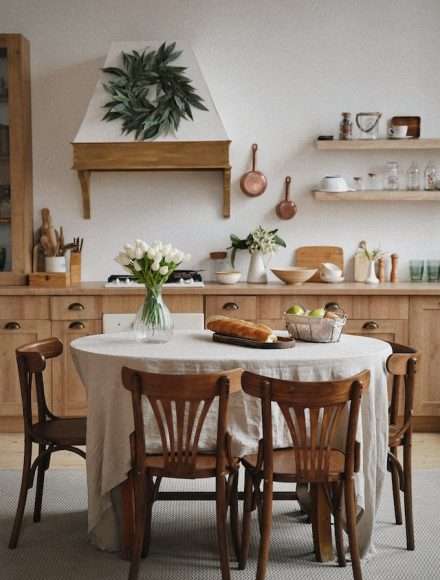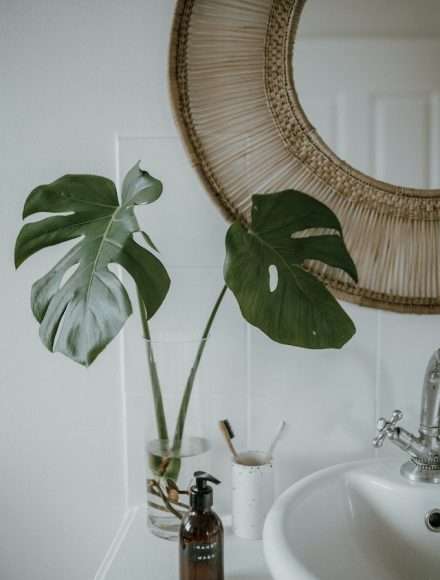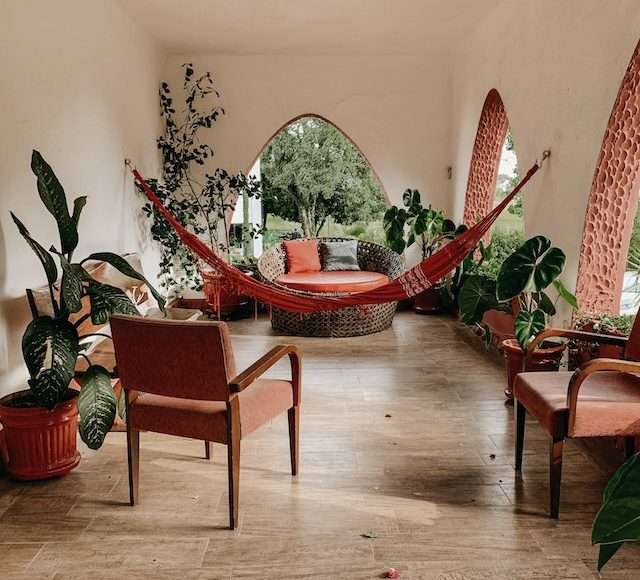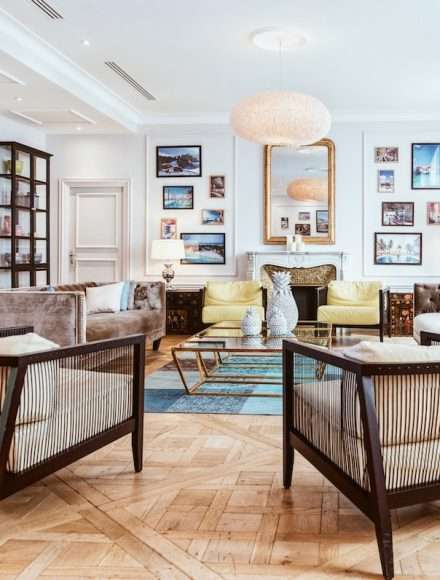Design Secrets: Using Statement Taps to Elevate Any Kitchen Aesthetic
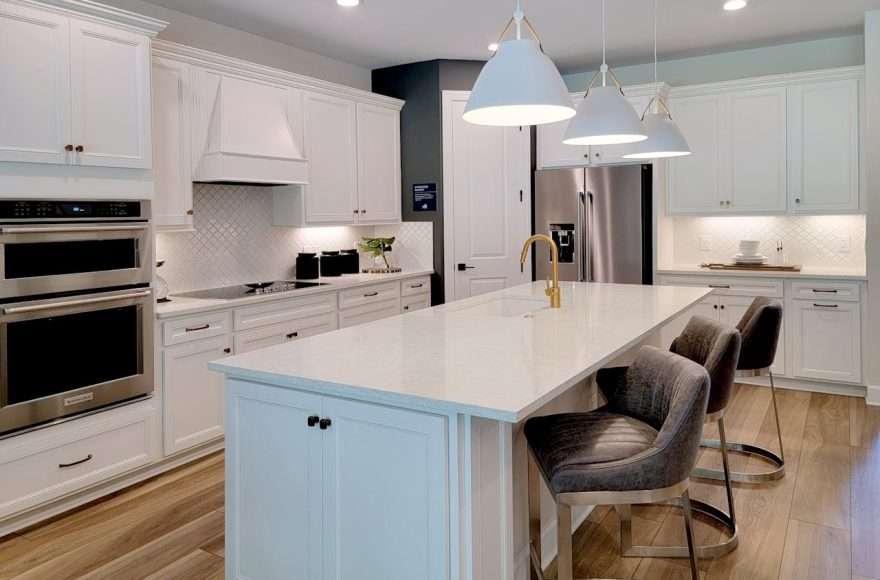
When it comes to designing a kitchen, it’s often the finer details that create the most impact. And while cabinetry and countertops tend to grab the spotlight, there’s another element that has quietly become a design centrepiece: the tap.
Today’s taps are far more than utilitarian plumbing fixtures. With bold finishes, sculptural silhouettes, and smart functionality, they’ve earned their place as style-defining features. Whether you’re giving your kitchen a full makeover or just refreshing a few touches, a well-chosen tap can completely transform the space—making it feel more cohesive, luxurious, and considered.
Why Statement Taps Deserve Attention
It might be small, but your kitchen tap is one of the most used items in the entire room. Positioned front and centre at the sink—often beneath feature lighting—it naturally draws the eye. That’s why choosing a tap that’s both stylish and well-crafted makes such a difference.
A statement tap introduces a focal point. It reflects your personality and enhances the design language of the space. Just like a bold pendant light or a feature splashback, it adds character and gives your kitchen an edge.
Taps are also psychologically tied to perceptions of quality and care. When guests see a stunning fixture, it sends the message that the space is curated, not just functional.
Pairing Statement Taps with Kitchen Styles
One of the best things about statement taps is their versatility. From urban-industrial apartments to warm, rustic kitchens, there’s a tap design to suit every look.
For Minimalist Kitchens
Matte black or stainless steel taps provide a clean, sharp accent without overpowering the space. A monobloc tap with geometric lines can add a futuristic flair, while maintaining the calm simplicity minimalism is known for.
For Industrial & Urban Spaces
Gunmetal grey or brushed nickel finishes pair brilliantly with raw textures like concrete, brick and steel. Choose taps with exposed mechanics or chunky levers to accentuate that industrial feel.
For Classic or Traditional Kitchens
Elegant swan-neck or cross-handle taps in chrome, bronze, or even pewter can enhance heritage-inspired kitchens. They sit beautifully with Belfast sinks, shaker-style units and soft, neutral palettes.
For Scandinavian Interiors
A brushed chrome or muted metallic tap works well with pale wood, white tiles and natural textures. Go for sleek silhouettes with understated design to complement that laid-back Nordic feel.
Looking for more ways to blend modern taps into period settings? Don’t miss our guide on Incorporating Modern Kitchen Taps into Traditional Home Designs.
Gold Taps: A High-Impact Design Move
If you’re after something that exudes style and sophistication, gold is a finish that delivers. Warm, glamorous and eye-catching, a gold tap acts like a piece of jewellery in your kitchen—perfect for elevating neutral spaces or adding richness to darker schemes.
Modern gold taps have evolved from the overly shiny brass of the past. Today’s brushed gold or satin brass finishes are more refined, giving off a soft, muted glow rather than a blingy shine.
For those wanting function as well as form, a gold boiling water tap is the ultimate kitchen upgrade. Not only does it look stunning, but it also dispenses instant 98°C filtered water—saving time and reducing the need for a kettle cluttering the worktop.
Choosing the Right Tap: A Practical Checklist
While looks matter, your tap needs to work hard behind the scenes too. Here are a few things to bear in mind:
Finish Durability
Look for high-quality finishes that resist tarnishing, fingerprints and corrosion. Brushed or satin finishes are easier to maintain than highly polished ones.
Functionality & Features
Do you want a tap with a pull-out spray? Touchless activation? Instant boiling water? Think about your lifestyle and how you use your kitchen day to day.
Plumbing & Installation
Check your home’s water pressure and plumbing compatibility before buying. Some features—like boiling water—require under-sink tanks or filters.
Want to understand why investing in well-made fixtures pays off? Explore Craftsmanship in Modern Interiors: Why Quality Matters.
Styling Tips to Bring It All Together
Once you’ve chosen your show-stopping tap, styling the surrounding space can take your kitchen to the next level. Here’s how:
- Coordinate with the backsplash: Gold taps pair beautifully with marble or zellige tiles. Black taps pop against white subway tiles or wood panelling.
- Match hardware finishes: Align the tap finish with cabinet handles, knobs, or lighting fixtures for a pulled-together look.
- Think lighting: Taps near pendant lights can really sparkle—especially metallic finishes that catch and reflect light.
Real-World Impact: The Power of a Tap Upgrade
You don’t need a full remodel to refresh your kitchen. Sometimes, replacing an outdated tap with a contemporary one is all it takes to lift the space.
Take a tired kitchen with an old chrome tap. Swap it for a brushed gold boiling water tap. Instantly, the room feels warmer, more refined—and infinitely more stylish. It’s a small change with big visual payoff.
Quick FAQ: Taps & Kitchen Design
Q: Can I install a statement tap in a small kitchen?
Absolutely. A distinctive tap can make a compact kitchen feel elevated and considered without taking up space.
Q: Will a gold tap go out of style?
Gold finishes have proven their staying power, especially in their modern brushed or matte forms. They’re versatile, timeless, and surprisingly adaptable.
Q: What’s the best way to clean designer taps?
Stick to soft cloths and gentle cleaning solutions. Avoid harsh chemicals or abrasive sponges that can wear away the finish.
Conclusion: Small Change, Big Style
Your kitchen tap may be just one element in a larger design, but it can have a huge impact. Whether you’re after a minimalist black feature, an industrial touch, or a luxury gold boiling water tap, making a thoughtful choice will elevate your whole space.
So next time you’re rethinking your kitchen aesthetic, start with the tap. It might just be the design secret you didn’t know you needed.
